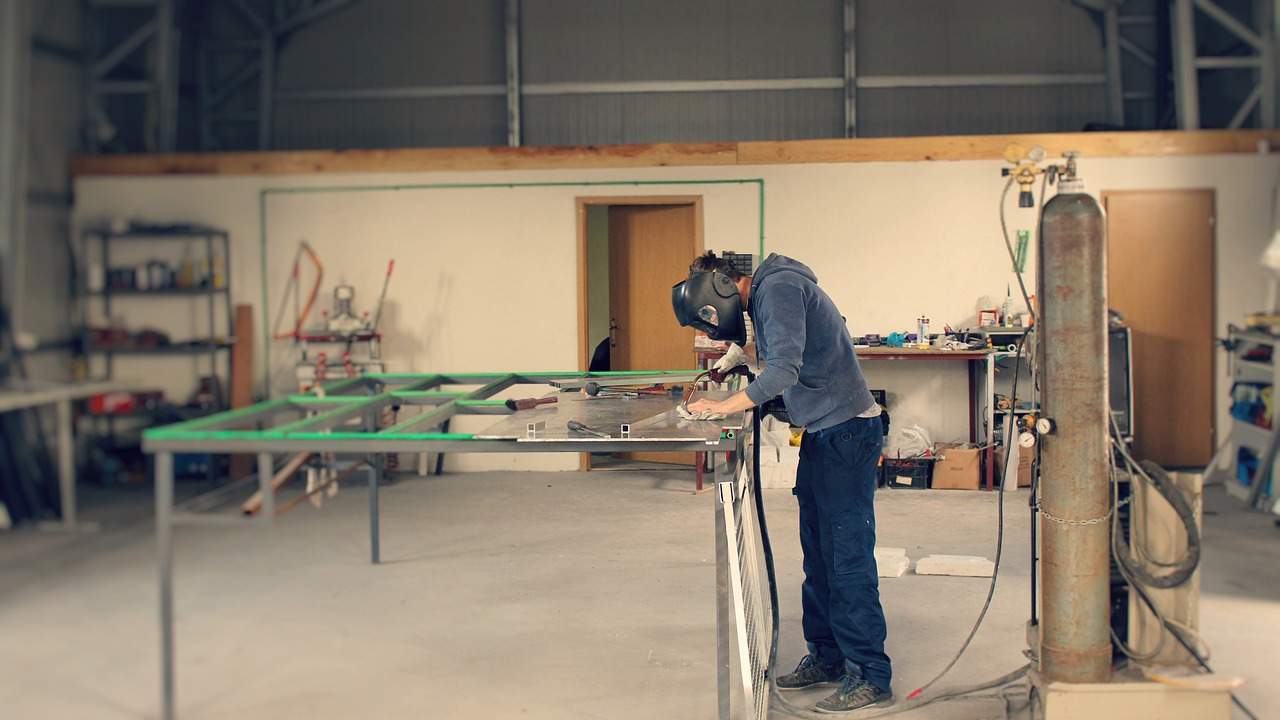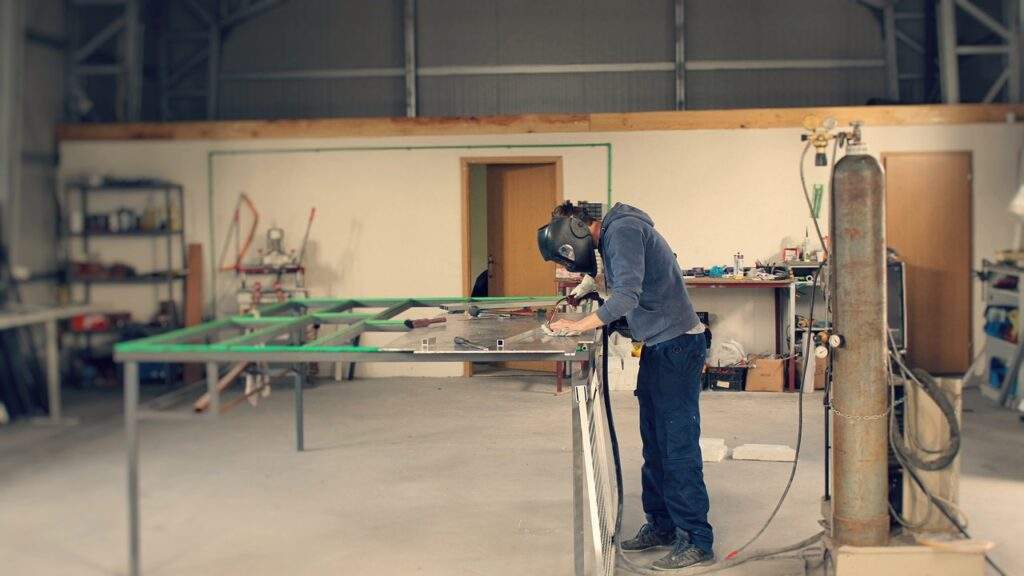
Tips For Assembling Aluminum Framing Systems
Aluminum framing systems, specifically those that utilize T-Slot aluminum and T-Slot extrusion components, have become a staple in various industries due to their flexibility and ease of assembly. Whether you’re constructing a simple frame for a custom workstation or an intricate structure for a robotics application, understanding the nuances of assembly can greatly influence the outcome of your project. Here are seven tips to ensure that your aluminum framing system meets your needs with precision and strength.
Understand the Basics of T-Slot Aluminum
Before diving into any assembly process, it’s essential to comprehend the foundational elements of T-Slot aluminum framing. T-Slot aluminum profiles are designed with a T-shaped groove running along their length. This unique feature facilitates the attachment of connectors and accessories, making it a versatile option for building structures. Acquaint yourself with the various profiles and their load-bearing capacities, as this knowledge will inform your design and assembly process, ensuring a stable and secure end product.
Choose the Right T-Slot Extrusion
Selecting the correct T-Slot extrusion for your project is paramount. These extrusions come in various sizes and configurations, each suited to specific applications and load requirements. Evaluate the demands of your project; consider factors like weight, size, and the environmental conditions it will be exposed to. Opt for a thicker, more robust profile if your structure will bear significant weight or be subject to high traffic. A lighter extrusion might suffice for less demanding applications, providing a balance of strength and cost-effectiveness.
Gather Appropriate Tools and Hardware
To ensure a smooth assembly process, it’s crucial to have the right tools and hardware at your disposal. The basic toolkit for assembling aluminum framing systems includes Allen wrenches, a rubber mallet, a tape measure, and a saw for cutting extrusions to length. In terms of hardware, T-Slot nuts, bolts, and various connectors tailored to T-Slot systems will be indispensable. These specialized components are designed to fit snugly within the T-Slot, allowing for a clean and strong connection between profiles.
Plan and Pre-Design Your Structure
Embarking on assembly without a plan is like navigating without a compass. Pre-designing your structure can prevent costly mistakes and inefficiencies. Use CAD software or sketch your design to scale, noting the exact measurements and angles required. This preliminary step will not only guide you through the assembly but also allow you to visualize the finished product, ensuring that all components fit together seamlessly.
Cutting and Preparing the Extrusions
Once your design is in place, the next step is to cut your T-Slot extrusions to the specified lengths. Precision in this phase is critical as inaccuracies can lead to misalignment of the entire structure. Use a high-quality saw to achieve clean, straight cuts, and always double-check measurements before making the cut. After cutting, remove any burrs or sharp edges with a file or deburring tool to prevent injury during assembly and ensure a smooth fit for connectors.
Assembling with Accuracy and Care
With all pieces prepared, you can start assembling your aluminum framing system. Begin by loosely connecting the extrusions with T-Slot nuts and bolts. Once all pieces are in place, adjust for alignment before tightening the connections. This method allows for adjustments to be made without disassembling parts of your structure. Tightening should be done methodically, ensuring an even distribution of pressure across the connections to maintain the integrity and strength of the frame.
Inspect and Test Your Assembly
Finally, thorough inspection and testing of your assembled structure are indispensable. Check each connection to ensure that it is secure and that there are no gaps or misalignments. Apply weight or force to different parts of the frame to test for stability and sturdiness. Any issues discovered during this phase should be addressed immediately to guarantee that the final product is safe and functional.
In conclusion, assembling T-Slot aluminum framing systems is an accessible yet intricate process that calls for a keen understanding of the materials, precise preparation, and careful assembly. By adhering to these tips, you can create robust, reliable structures tailored to your specific needs. Whether for industrial, commercial, or personal projects, the versatility of T-Slot aluminum framing systems makes them an excellent choice for builders and creators seeking a balance of strength, flexibility, and ease of assembly.

















